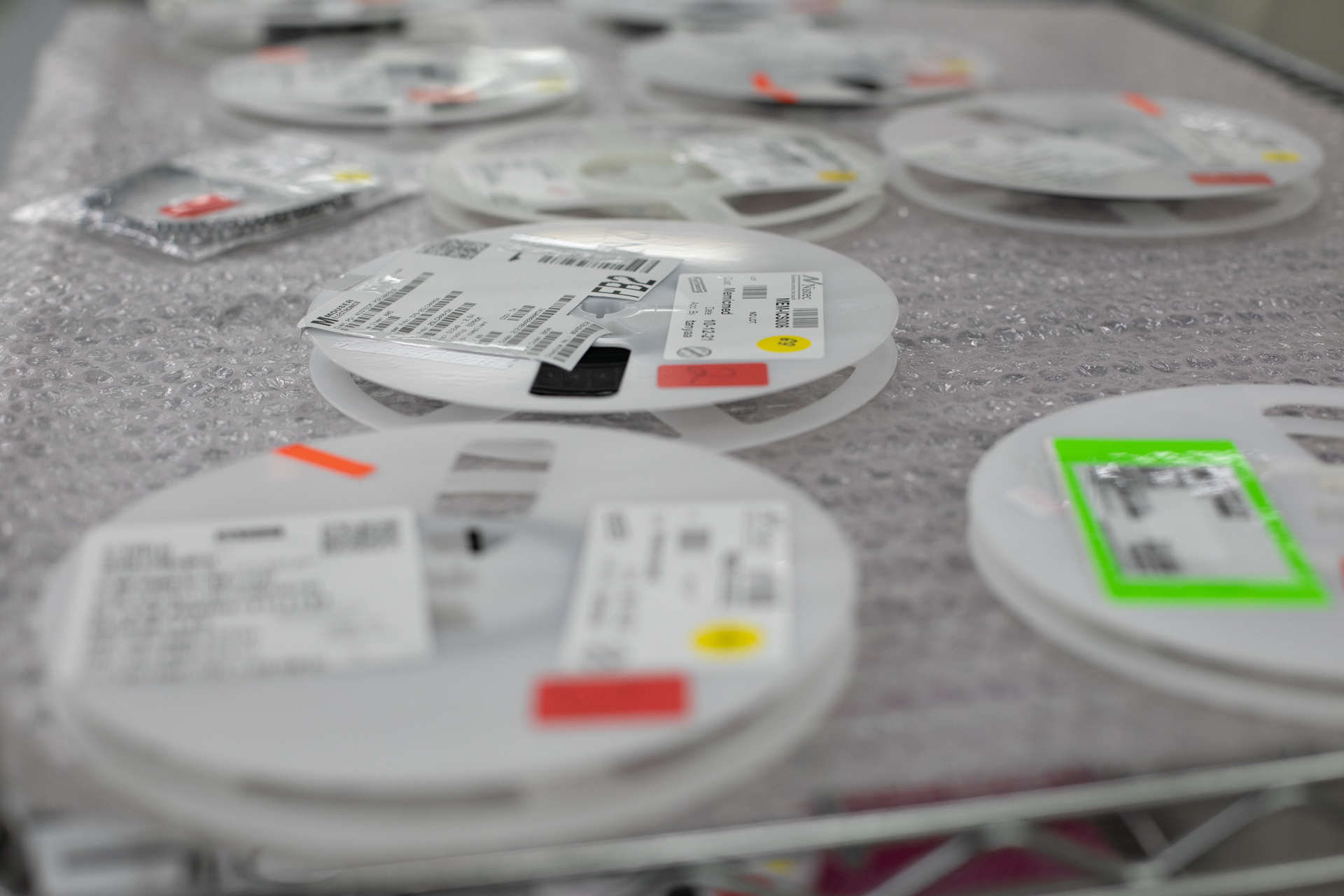Overcoming component shortages for SMBs

The 2nd article in our series on challenges facing SMB electronics manufacturers.
Electronic products are an essential part of modern life, and their importance was especially evident when the COVID-19 pandemic drove almost every aspect of human interaction online. At the same time, the pandemic showed us that the supply chains that provide critical raw materials for electronics manufacturing are increasingly buffeted by technical, geopolitical, and societal disruptions. We can expect to see such vulnerabilities escalate in the future, as other global health crises, varied natural disasters, and global political instability continue. And on top of all that, those crises are likely to be amplified by ongoing climate changes.
Companies are looking for solutions that will enable them to manage these vulnerabilities by taking varied approaches, including building advanced forecasts (between 3-5 years), negotiating better for availability, and working with brokers. Developing these solutions is a challenge for manufacturers of all sizes, however, SMBs face unique challenges in navigating the situation – on top of the many other challenges SMB electronics manufacturers face.
For example, enterprises can usually create long-term material forecasts, for a range of 3-5 years, allowing them to commit to longer contracts with suppliers. As a result, suppliers tend to prioritize enterprises and large corporations. Enterprises and large corporations also have more negotiating power for both prices and availability as they can offer the supplier a wider market (regional or global) than smaller businesses. This puts SMBs at a distinct disadvantage when it comes to component sourcing.
The pandemic’s impact on material availability for SMBs
The global pandemic exacerbated existing challenges, making it more difficult than ever to predict future production orders, especially for SMBs. For example, the pandemic changed relationships with suppliers. Before COVID-19, SMBs generally worked closely with suppliers and maintained long-term business engagements with them. Today, the suppliers’ short-term ability to provide materials dictates the relationship. In addition, SMBs and enterprises alike have been forced to widen their supplier network, adding new suppliers or brokers to help overcome shortages. However, SMBs have limited capacity to create and maintain close relationships with so many suppliers.
The challenges for SMBs are compounded by a lack of physical facilities. Enterprises have large warehouses, and even prior to COVID-19 could store large stocks of materials. Once production restarted after the initial lockdowns, enterprises were able to ramp up production because they had more material available on site. Additionally, with more sites overall, they could choose different manufacturing sites based on material availability for specific orders.
SMBs, on the other hand, do not have the same storage capacity and therefore had to rely heavily on brokers to source components to restart manufacturing. Component prices are higher when purchased from brokers rather than directly from suppliers, driving SMBs to adjust their strategy accordingly and produce smaller amounts or raise manufacturing prices.
Although Covid-19 is no longer the threat it was in 2020, the recent lockdowns and spiraling high infection rates in China are still affecting material availability. Therefore, enterprises with a large material stock will continue to have an advantage over SMBs when sourcing components in the foreseeable future.
How can SMBs improve their component sourcing ability?
A scalable material management solution is key to helping SMBs bridge the gaps with enterprises. Through the digitalization of the material management ecosystem, SMBs gain the ability to better manage component sourcing and replenish materials more accurately using tight machine integration and precise inventory management.
Siemens’ Opcenter IPL offers exactly that. It creates a digital twin of the production environment, tracks the exact status of all material containers and uses machine connections to gather real-time performance information for all material-consuming stations in the factory. With Opcenter IPL, the actual number of parts remaining on every container is always accurate and up-to-date because it takes into account actual parts used in process through consumption and waste tracking. It gives SMBs an accurate view of the inventory down to the single-carrier level, maintains inventory accuracy, and provides real-time visibility.
With a software solution that provides a real-time accurate picture of current inventory, material location, live information about material arrival date, and customer needs, SMBs can better manage materials and overcome many of the current challenges to material management. This allows SMBs to remain competitive with enterprise electronics manufacturers, despite the challenges in the current market.

Marius Stepanescu is the Technical Director at ICCO EMT, a Romanian electronics manufacturer offering PCB production and assembly services in Europe and the Romanian market, where he leads the engineering team.


